Lucky Bamboo Care: A Houseplant That Grows In Water
Lucky Bamboo’s a fascinating houseplant that grows in water. It’s great for novice gardeners and those looking for a novelty plant. Here you’ll find Lucky Bamboo care tips.
Are you a beginning houseplant gardener? Here’s a great one to get started with. It’s easy as pie to keep looking good and sure to become a topic of conversation as you’re busy showing it off.
About Lucky Bamboo Plants
Botanic Name: Dracaena sanderiana Common Names: Lucky Bamboo, Ribbon Dracaena, Curly Bamboo, Chinese Water Bamboo
Height: The tallest I’ve seen Lucky Bamboo is around 4′ tall.

What is Lucky Bamboo?
First off, a Lucky Bamboo plant isn’t actually a true bamboo. The canes, stalks, or stems (whatever you prefer to call them) resemble the canes of a bamboo plant and that’s the origin of “bamboo” in its common name. It’s a member of the Dracaena family along with popular houseplants like Dracaena Lisa, Dracaena massangeana, Dracaena marginata, and Dracaena reflexa.
Lucky Bamboo has been a part of Chinese culture for thousands of years but has really skyrocketed into popularity in the past twenty years. It’s known to bring good energy into your home. You can find it in many different shapes, forms, and arrangements from a single stalk to an arrangement with multiple twisted stalks.
They’re often sold in Asian and international markets so if you have one in your town or city, check there. Or, if you live in an urban area, Chinatown is a good place to find one. I’ll list a number of online sources towards the end in case you’re interested in purchasing one.
The number of stalks has different meanings as do the various forms like a trellis, tree, spiral, etc. This is something I don’t know a lot about. I do know that you should avoid an arrangement using four stems. It’s bad luck in Chinese culture and who needs that?
Three stems is a favorite number and a good one to start with because it represents happiness, long life, and wealth. Yes, please! Lucky Bamboo is known to increase feng shui, which is a whole other topic I’m not well versed in either but find very interesting.
This is a plant that goes both ways: it grows in both water and/or soil.

Lucky Bamboo Care Tips
This fascinating and very popular houseplant grows in water, and I want to give you a few Lucky Bamboo care tips to make sure yours stays as healthy as can be.
Lucky Bamboo Light Requirements
Lucky Bamboo does great in bright light. It’ll tolerate lower light levels indoors just fine but it won’t grow much. If yours isn’t getting enough light it’ll eventually become leggy and thin trying to reach for the light source.
Be sure to avoid putting it in a location with the direct, hot sun (such as in a south or west window) as it’ll burn.
Right now one of mine sits on a north window sill but I’ll need to move it as the weather heats up because the glass gets hot here in the Arizona desert when those summer days roll around.
The taller arrangement grows in my guest room. The exposure is east/south and a larger window gives it a good amount of bright natural light with indirect sunlight all day. It sits about 12″ away from those windows.
You may need to rotate yours from time to time so it gets light on all sides. I often do this when I’m changing the water.
You may also see Lucky Bamboo stems called stalks or canes.
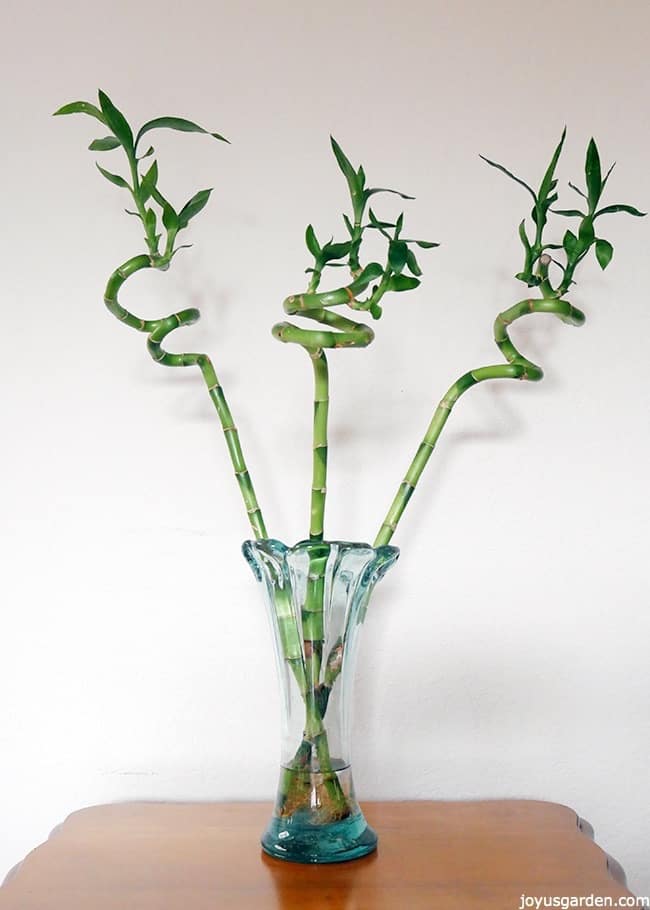
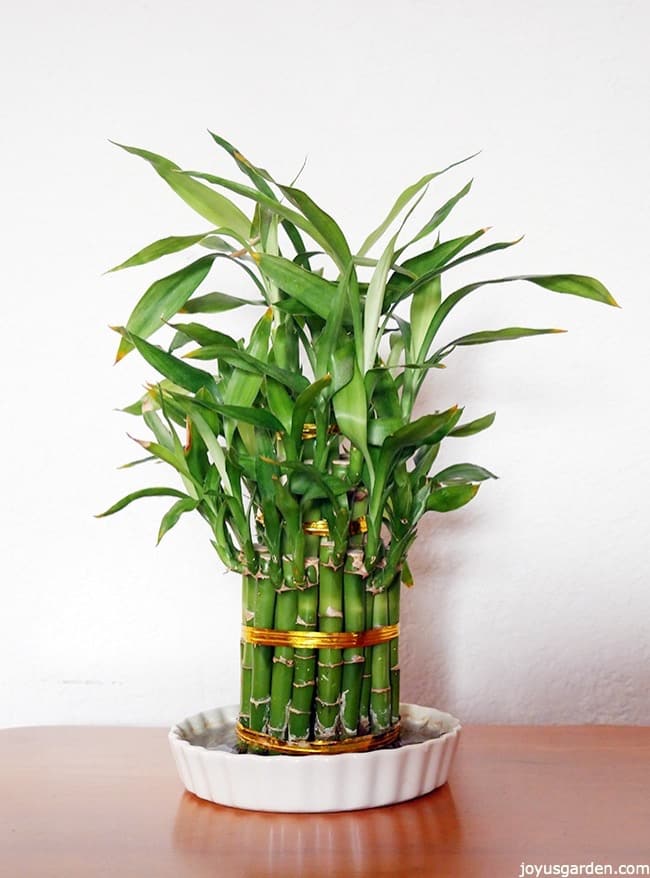
Lucky Bamboo Watering
There is a bit of mixed opinion regarding this in terms of clean water. Some people never change the water, some change it frequently, and others every now and then.
I fall into the “every now and then” category as I change the water about every six-eight weeks. If the water is smelling bad, then change it to fresh water!
In terms of water level, I make sure the water completely covers the roots in both of my arrangements. I keep the water level just above the roots and not too far up on the stems. I add a bit of water as needed, every two-seven days depending on the temperatures and how much it’s evaporating out.
Lucky Bamboo is sensitive to minerals, including chlorine, in the water. If your tap water is hard and it contains a lot of minerals, then you’ll need to use bottled water like purified or distilled water. Rain water and spring water are great so if you have access to either, that’s a good way to go.
Here in Tucson, the water is hard. I used purified water before I got a tankless R/O system installed in my new home. It has a re-mineralization cartridge that puts the good minerals back in. This is what I use to water all of my indoor plants.
All Dracaenas are prone to tipping so if your leaves of yours are starting to show a lot of small brown tips or you see a build of white in the vase or dish, don’t use tap water.
Are you new to or having issues growing a Lucky Bamboo plant? Here are 24 Things To Know About Caring For & Growing Lucky Bamboo.
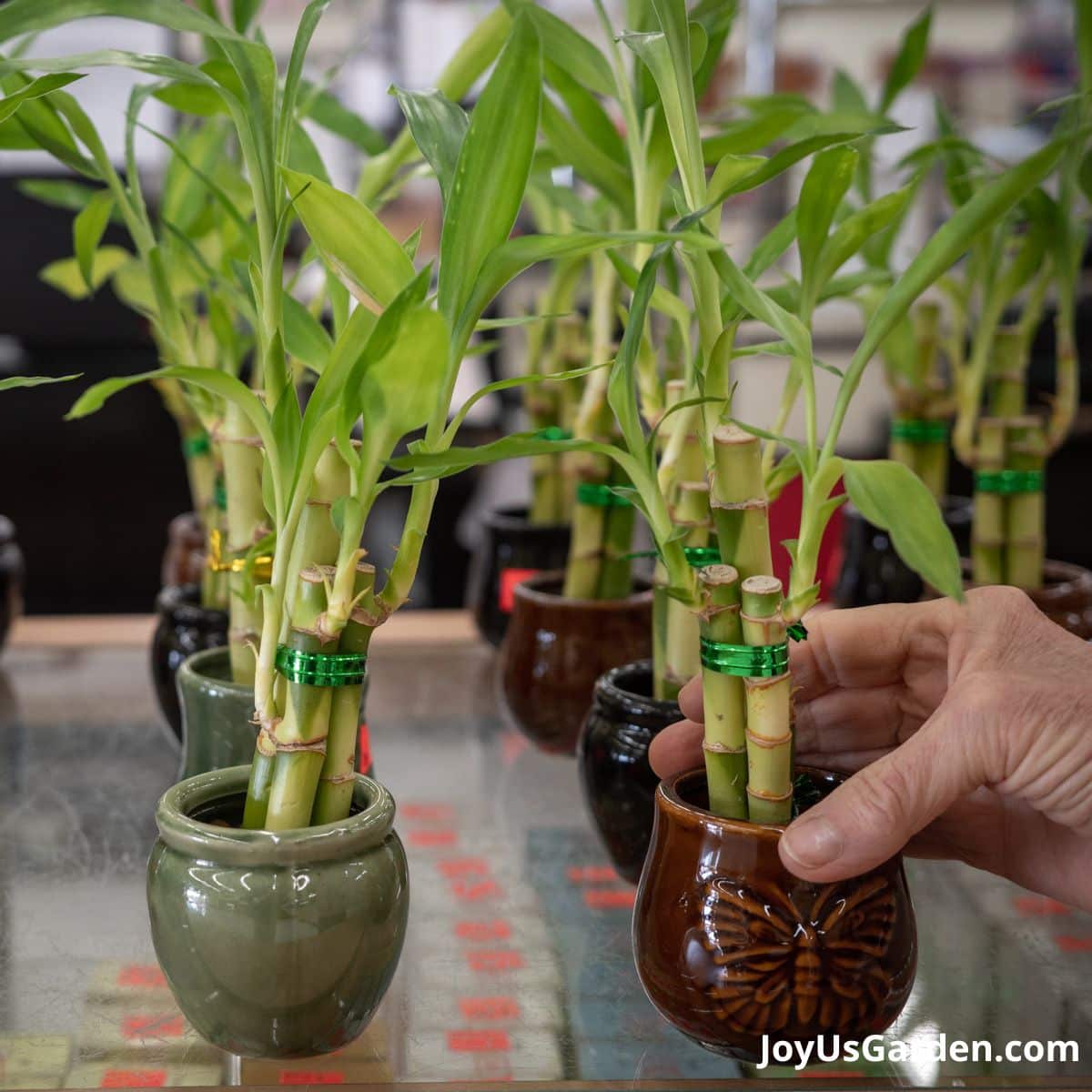
Container Size/Type
If your Lucky Bamboo arrangement is growing in a low dish or bowl, then make sure it has at least 1″ of space all the way around so the roots can spread out a bit.
My shorter Lucky Bamboo has been growing in that low white dish for six years now. It’s going to need a larger vessel soon as the roots are starting to get crowded. I have to add water to the dish every few days now because it drys out fast here in the desert. Another reason to get a new container!
The taller spiral stem arrangement is in a glass vase proportionate to its height. I keep about 3″ of water in the vase, just enough to make sure the roots are fully submerged. You don’t want to keep the vase full of water because the stems (canes) could rot out.
In regards to container type for Lucky Bamboo, glass, and ceramic are the most popular.
Fertilizer
Super Green is one of the fertilizers specially formulated for this plant growing in water. Lucky Bamboo doesn’t need too much fertilizer but if you change the water out, it’s a good idea to use this food 3-6 times a year to ensure a healthy plant.
I change out the water on my Lucky Bamboo about every two months or so. I use Super Green or this other Lucky Bamboo fertilizer every time I do the switch.
Just be sure to not use more than the recommended amount of food or use it too often. Too much fertilizing can cause the stalks to yellow.
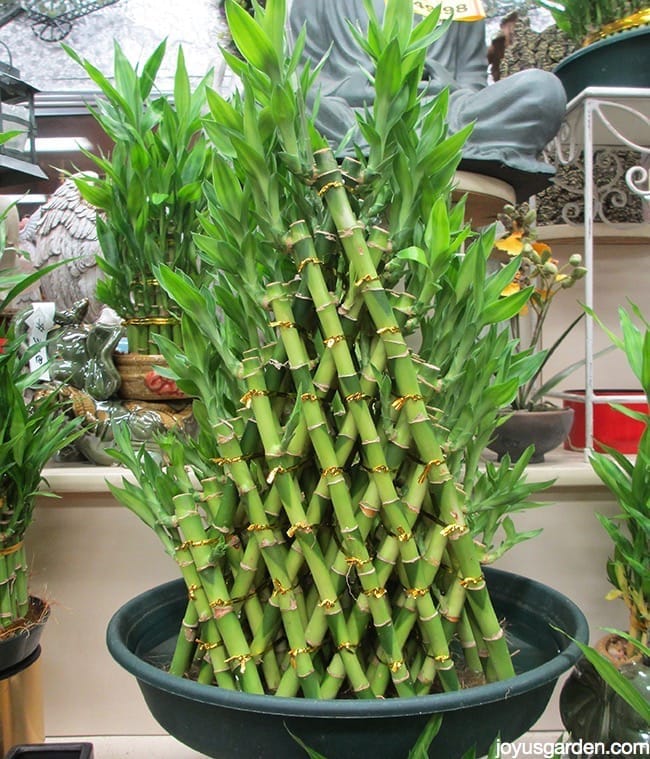
Humidity
Lucky Bamboo is native to tropical rainforests. If it’s been in your home for a while and you’re seeing brown leaf tips, one of the causes is the dry air that our homes often have.
Temperature
Lucky Bamboo prefers warm temperatures but adapts fine in our homes. As I say about other houseplants, if it’s comfortable for you, it’ll be so for them also. It’s best to keep it out of any drafts and away from heating and cooling vents.
Pests
Mine have never gotten any – so far so good but that could change. Like all dracaenas, Lucky Bamboo is subject to an infestation of spider mites, especially in the fall and/or winter when the heat comes on.
Other common pests to keep your eye open for include thrips, scale, and mealy bugs.
My friend got spider mites on her Lucky Bamboo which prompted me to write a post on this subject. This will give you more info: Lucky Bamboo and Spider Mites.
Pruning/Trimming
I hadn’t pruned or trimmed my Lucky Bamboo up until last year. The foliage growth on my spiral arrangement was getting very spindly and I didn’t like the look. They were both a lot happier when I lived seven blocks from the ocean in Santa Barbara.
Lucky Bamboo loves high humidity and mine aren’t thriving in the desert where I now live. After the pruning, new shoots started to appear at the top of the stems or canes. This is how dracaenas grow when you cut them back.
More details are here. You can see why and how I Trimmed My Lucky Bamboo Plant.
Leaves Turning Yellow Or Brown
An occasional lower leaf turning brown or yellow isn’t a concern. Just take them off. If your plant has lots of dead leaves or brown leaves, then you have an issue. This could be due to minerals in the tap water or too much direct sun.
Mine get an occasional yellow leaf every year. If yours is getting quite a few of them, it could be that it’s getting too much sun, poor water quality, or fertilizing too much or too often.
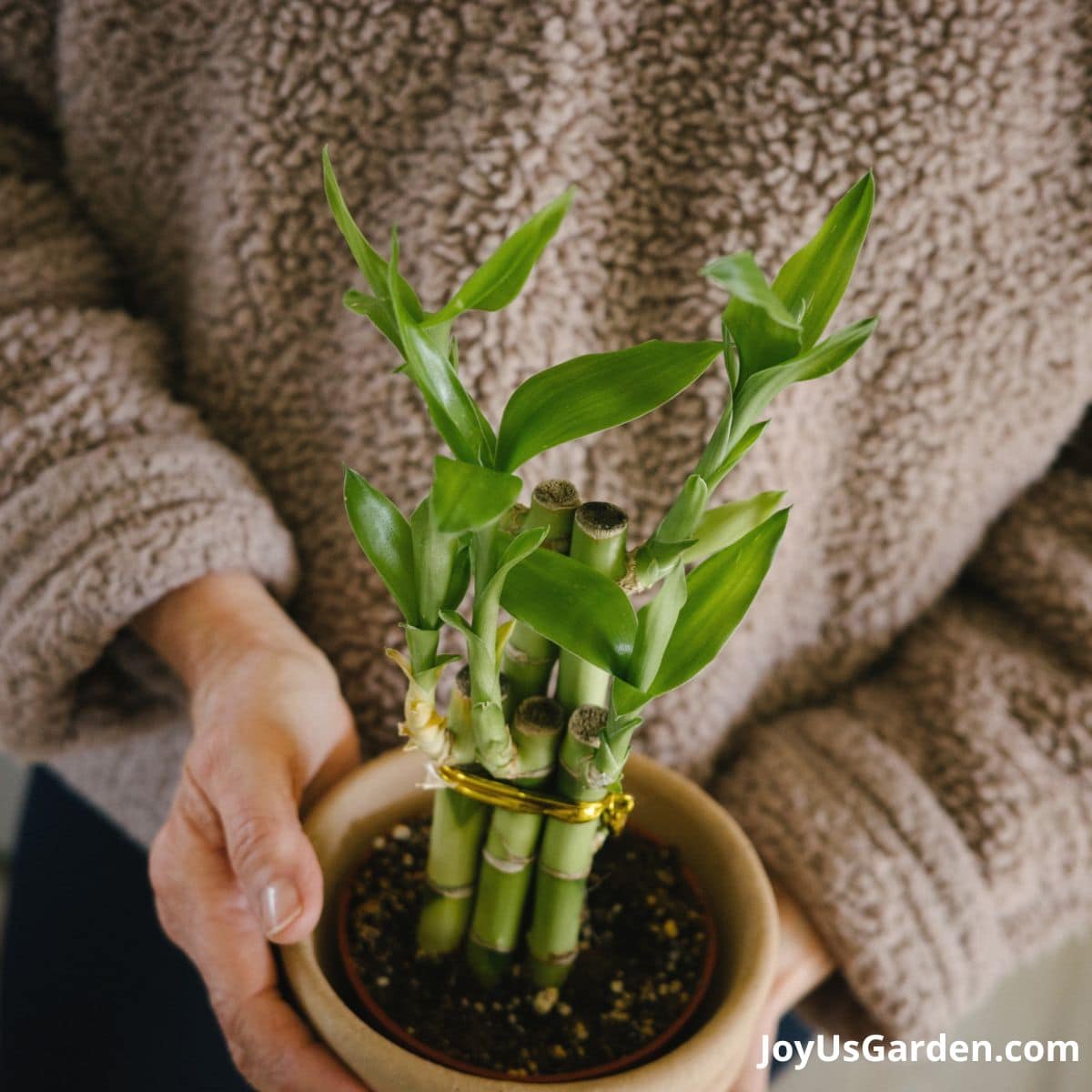
Pet Safety
Dracaenas are considered to be toxic to pets. You can read the information the ASPCA has provided on this.
Growing Lucky Bamboo In Soil
In its native environment, Lucky Bamboo grows in the ground in the tropical rainforest. It grows better for the long haul in soil but is most commonly sold in water because it’s more of a novelty.
You want it in the same light exposure as I’ve listed here and to be growing in well-draining soil. I let mine dry out about halfway before watering again.
Lucky Bamboo Care Video Guide
Lucky Bamboo Care No No’s
- Do not place your Lucky Bamboo in direct sun. Too much direct sunlight will burn it.
- Do not use tap water if your water is hard. Your Lucky Bamboo will do much better with distilled, purified, or treated water. Rainwater and springwater are good alternatives.
- Do not let your Lucky Bamboo dry out – keep the roots covered with water at all times.
- Do not keep the water levels too high – just covering or slightly above the roots is fine.
- Do not place your Lucky Bamboo near a heating or cooling vent. Also, keep it away from any cold drafts.
- Do not let dust collect on the leaves because the pores need to breathe. Periodically clean the leaves with a brush, damp rag, and/or spray off with water.
Some Of Our General Houseplant Guides For Your Reference: Guide To Watering Indoor Plants, Beginner’s Guide To Repotting Plants, How to Clean Houseplants, Winter Houseplant Care Guide, Plant Humidity: How I Increase Humidity For Houseplants, Buying Houseplants: 14 Tips For Indoor Gardening Newbies
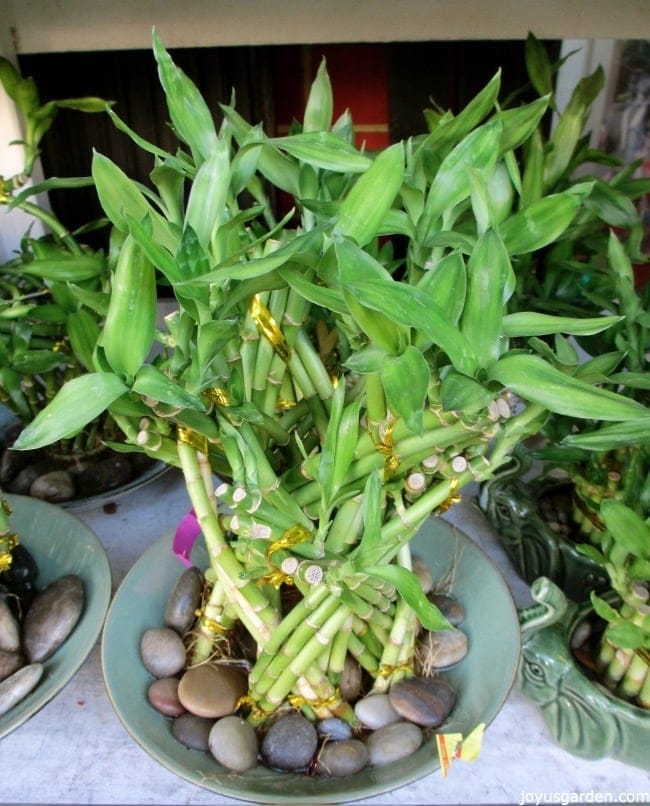
Lucky Bamboo Care FAQs
Like the rest of the Dracaenas, Lucky Bamboo is a good indoor plant. Many people love this plant because of the fact it grows in water and can be found in many forms. Plus, it doesn’t take up a lot of room if you have an abundance of plants as I do!
It could be outside in the warmer months. Be sure to keep it out of the direct sun and watch the water levels so that is doesn’t go dry. Also, make sure you have it in a spot where it won’t blow over.
It will tolerate low-light conditions. You probably won’t get much new growth and what you do get, will be thinner and reaching towards a light source. You can refer to the 3rd photo in this post to see what I’m talking about!
For best results, Lucky Bamboo looks greener and healthier when growing in sunlight. Now, I’m not talking about direct, hot sun. It does best in a moderate to high indirect light exposure near but not in a window.
Either is fine. It’s most commonly sold to grow in water but I know a couple of people who grow it in soil. If you’re growing for the long haul, I’ve heard that soil is better.
As to taking it out of the soil and putting it in water, I’ve never done that before nor do I know anyone who has.
Yes, I know a couple of people who have taken it from water and planted it into the soil successfully. Just make sure the potting mix has good drainage to prevent root rot.
Yes, it can. It’s frequently sold this way. Refer to the photo directly above to see an interesting, twisted Lucky Bamboo arrangement grows in rocks.
There are quite a few reasons why the stalks of Lucky Bamboo turn yellow. One of the most common has to do with the water. It could be of poor quality, not changed often enough, or receiving too much sun causing algae to build up. If you smell a foul odor, change the water! It could also be due to an excess of fertilizing, light levels, and temperature extremes.
Yellow stalks (aka yellow stems) don’t turn back to green. It’s best to get it out of the arrangement.
Like all Dracaenas, they are considered to be toxic to pets. I always consult the ASPCA website to see how it’s toxic and what effect it’ll have. Hopefully, your pets are like my kitties and they leave plants alone.
I’m not sure what the longevity of Lucky Bamboo is. I can tell you that I’ve had both of mine for over
10 years now. The Lee Lee Supermarket where we took a few of these photos has some older ones on display which are 3-4′ tall and most likely over 10 years old as well.
The stalks won’t grow any taller than they are. If you want a taller arrangement, it’s best to buy one with taller stalks (stems).
The foliage growing out of the stalks is what grows taller. Proper Lucky Bamboo care along with conditions being to their liking is what will help with this over time.
That’s something I only know a little about. This article will provide some info for you.
Three layers of Lucky Bamboo are very popular and considered to be one of the best.
According to feng shui principles, Lucky Bamboo is said to attract luck, good fortune, and wealth. There is another popular houseplant with the common name Money Tree so it depends on how you interpret the question!
Are you new to or having issues growing a Lucky Bamboo plant? Here are 24 Things To Know About Caring For & Growing Lucky Bamboo.
Where can I buy Lucky Bamboo?
You may see it in your local nursery which sells houseplants. Grocery stores, Lowe’s, Home Depot, and the like are other places to look for them.
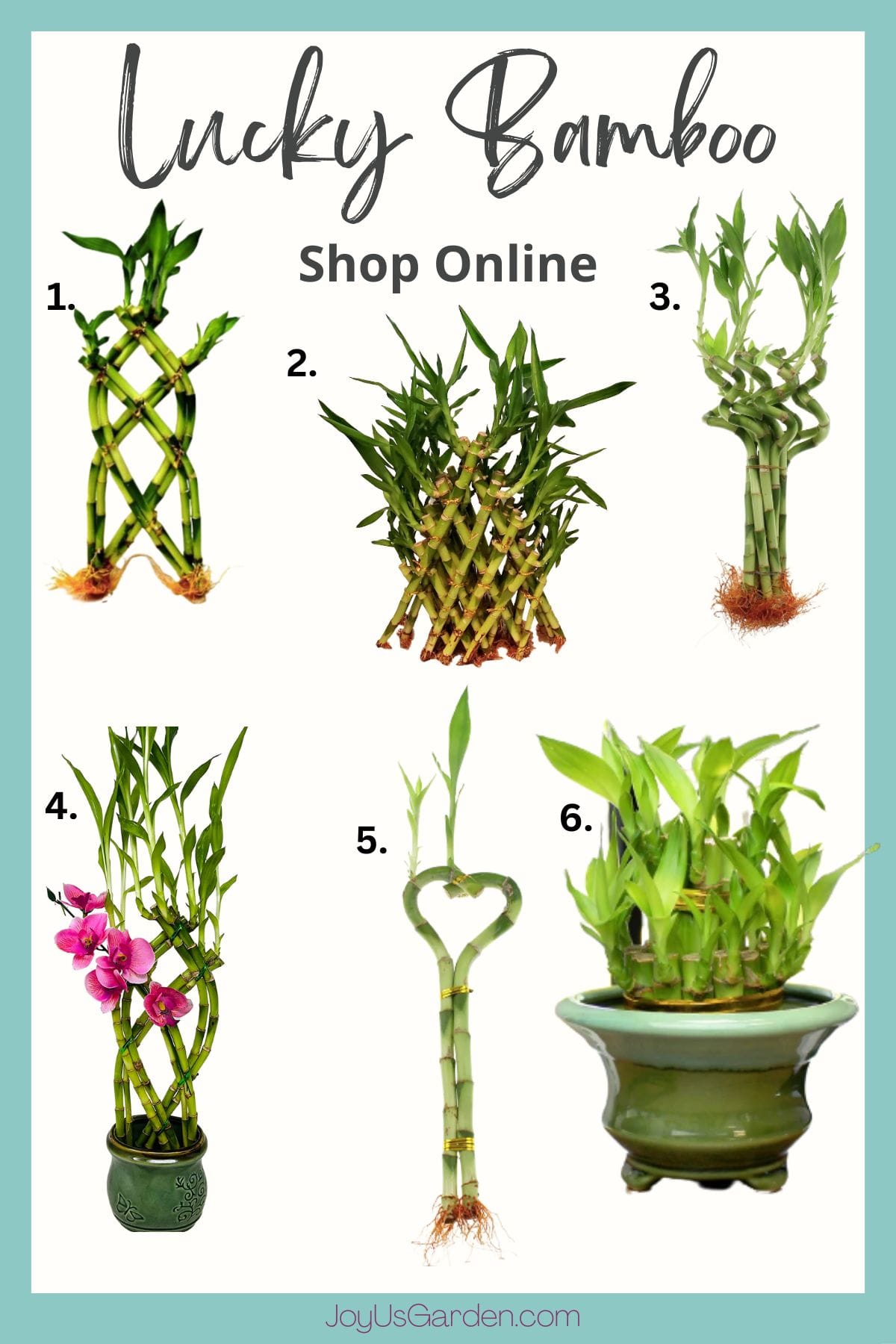
Lucky Bamboo care is simple. It’s one of the easiest houseplants to grow and is as fascinating and interesting as a plant gets. If you’re a beginning gardener, be sure to give this one a try.
I love this plant and all the forms it comes in. And hey, don’t we all need a little bit of good luck brought into our homes?!!
Happy gardening,


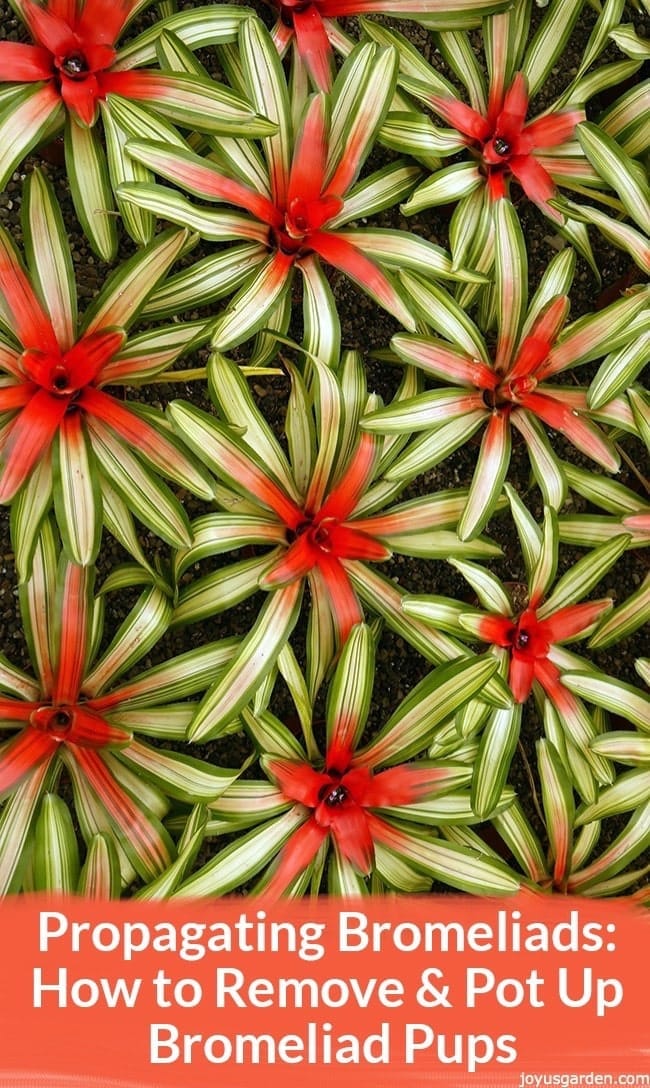
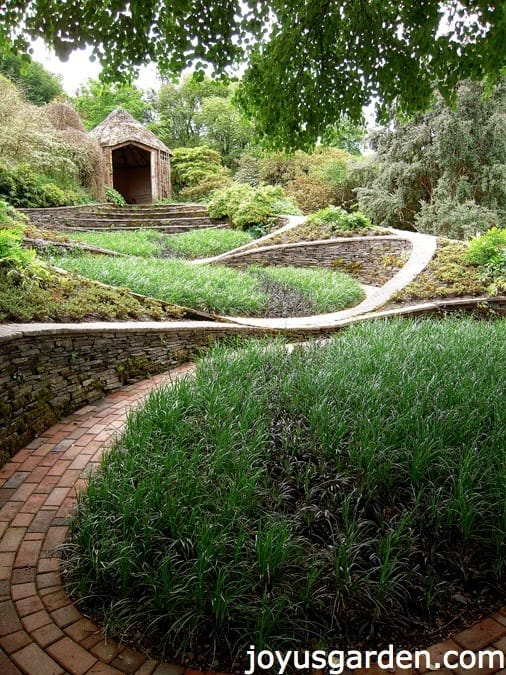
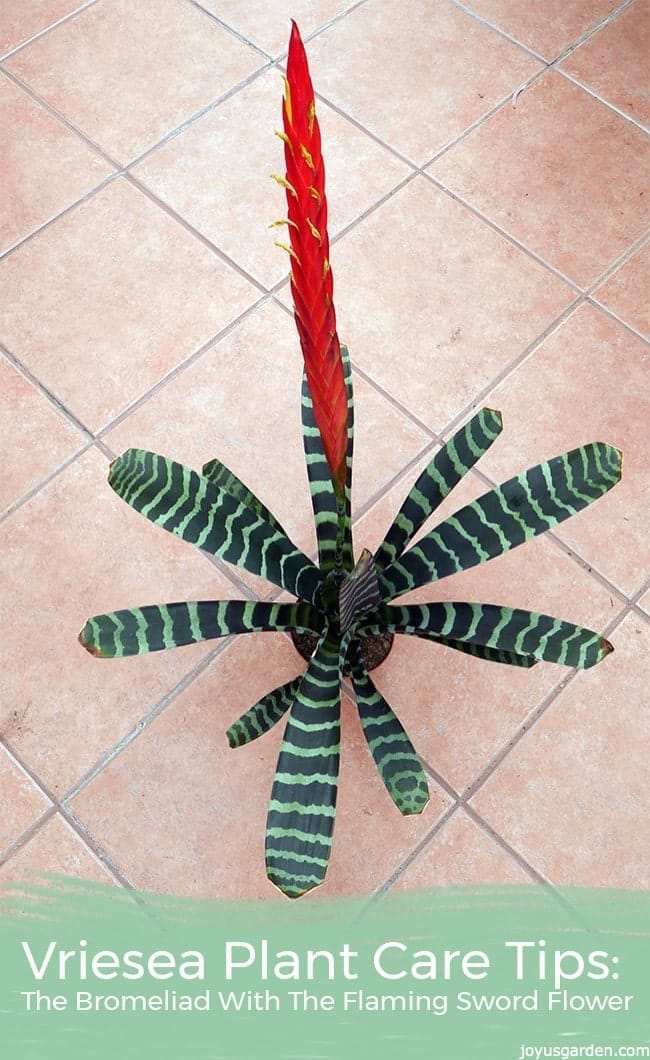
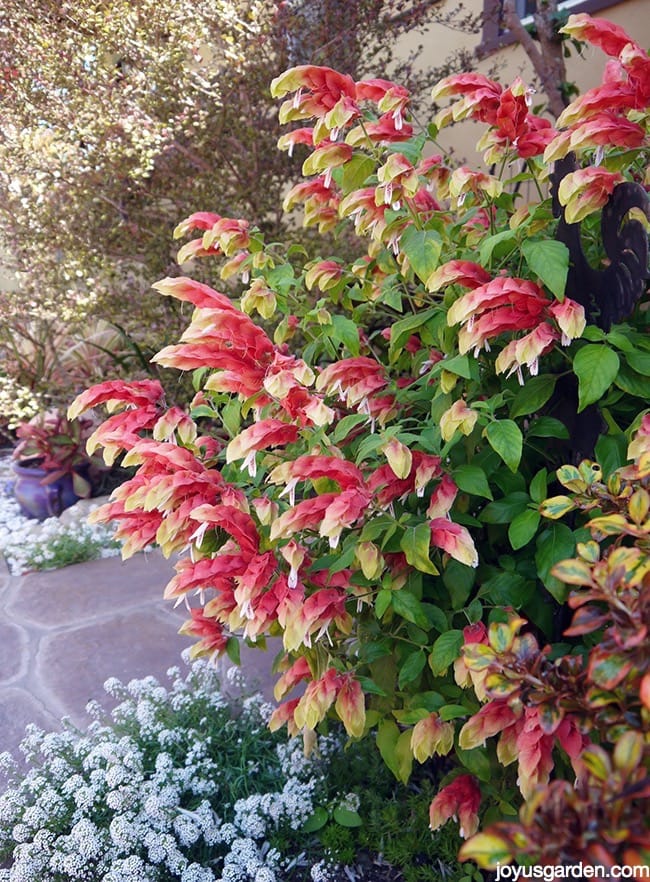

Thank you so Nell for the information you provided. I just received a lucky bamboo plant from a friend. The pot its in is around 2an 3/4 ” deep & and 2″ around.There are 3 stalks. All but 1 leaf is yellow tipped.I know to cut the yellow ends off. There is about 1/2″ between stalk and edge of pot. According to you they should be transplantedCorrect? Wish me luck. Michael
Hi Michael – You’re very welcome. If the roots are looking crowded, then yes, you need to put it in a bigger container. If the roots are too constricted, the plant won’t grow & may become stressed. I need find a bigger dish for my smaller arrangement & will be doing a video & post on that soon. I’ll also be adding some stalks in because some have died. Nell
I love Lucky Bamboo & bought one 5 months ago (I don’t know how to care for a plant but still love it).
A week ago, 2 out of 3 stalks starts to turn yellow (not all stalks, just small part of it). I thought it may be because they didn’t get the sunlight. So, I put it under the direct sun for few days. Luckily I saw your tips and quickly retrieve it.
Phew!! Btw, thank you for your tips!! It really helps me a lot!!
Glad I could help Marina! My Lucky Bamboo needs a bigger container & more stalks added in so that’s a project for early next year – post & video coming on that. Nell
I have three stalks in a glass, straight-sided cylindrical vase. I’m getting algae build-up. The plants are not in direct sun. The water is about 1/4 up the stalks and anchored with clear glass beads. Any thoughts on the algae?
Hi Donna – A bit of algae is okay but you don’t want too much build up of it. An extensive build of it can reduce the amount of oxygen in water. Algae tends to build up more in the sun, if it’s hot &/or if it’s in a glass container. Nell
Why are my leaves turning yellow but the canes are still green. I repotted it because I saw the roots were starting to come out of the pot, it is growing in rain water only. Is it dying and what should I do.
Hi Paula –
Seeing you’re growing yours in rain water, that’s not the issue. It could be too much sunlight or over fertilizing. They don’t live forever in water so if yours is getting older, that’s also a reason. Nell
hello Nell. my plant’s leaves turned yellow then i cut them. but now its top is drying n turning into yellow again. pls advise what is wrong?
Hi Munguu – It could be too much direct sunlight, water with high salt & mineral content, or too much fertilizer. Nell
I’m curious! My plant is about 20 inches tall! Can I cut it in half so I’d have 2 stalks?
Hi Cheryl – Yes you can; just make sure your pruners are clean & sharp so you don’t make raggedy cuts. Also, just know that both stalks will remain at 10″ tall. Nell
Hi Nell! I’m not really into gardening so I don’t really know what to do with my lucky bamboo plant.
I got one from a wedding and I was advised to put it in water – I used tap water. The plant was there for more than a week and I placed it just inside the house. I didn’t check until this weekend. By that time, 80% of the stalk is already yellowish. I really want this plant to survive. Is there still a chance? Any advice, please?
Hi Camia – The stalk turning yellow is usually due to a watering issue. LBs don’t like chlorine or fluoride that is often in tap water in high levels. Also, only the roots & the bottom 1-5″ (depending on the height of the stalk) of the stalk likes to to covered with water. Changing location or being out of water for too long can do it too. Hope that helps, Nell
I have 2 Lucky Bamboo plants in drinking glasses on my table on my verandah in Thailand. I took them from my garden where they grow naturally, I haven’t counted how many stems are in each glass, but I sure do like them. They get low morning sunlight from the East. The rest of the day they are in shade. UV Radiation perfect.
A lovely plant is the Lucky Bamboo.
Happiness, Health and Wealth….as they say in China.
They definitely work in Thailand.
?
Hi Chris –
Yes, they are lovely plants & are available in so many interesting forms. Thailand would be very well suited for growing LB, as you well know. Nell
I have a lucky bamboo that is 10 yrs old. And at least 6 ‘ tall. Very hard to keep it standing up. Right now, I have a gardening stake, but I need to replace it because it’s grown past the stake. What do you recommend?
Hi Patricia – You can always get a taller stake (I’m assuming you have it in soil) or you can cut it back to reduce the height. New heads will eventually appear. Nell
I am going to follow on a question above. I too have mine at about 30″ not including 6″ pot it is in . If I was to cut in half to start new ones ,do I just stick the cuttings in water with rocks and they will flourish / do I need to add anything to jump start the roots. Also how do they get them to have the curl in them ? mine are straight. Thank you
Hi Christy – I’ve always stuck the cuttings in water with no additives & they’ve rooted just fine. The growers put the twist in them by training the new, softer growth. they come in some wild forms! Nell
What to clean algae out
Donna – Algae forms when the water is exposed to sunlight. Bleach kills algae. There’s info online to help you out with this regarding ratio, etc. Nell
Well I am becoming a bit of an expert on Lucky Bamboo. It seems to me they need slightly acidic water on the pH scale. So I am trying a very very dilute lime juice solution in bottled water. Seems to be working fine. And my Lucky Bamboo came from naturally grown plants living and thriving under a canopy of palm trees next door to my Thai Spirit Homes with nobody looking after them.
I remain confident of Health, Wealth and Happiness.
And the LB definitely looks good.
Definitely Positive Energy.
I reckon I could grow an LB in Cupertino.
?
Hi Chris – I grew LB in San Francisco (indoors) so you can grow it in Cupertino. It’s a great plant; all the way around. Nell
Yep. I do like a hardy low maintenance plant. One of my favourites is Aloe Vera. Looks nice, very low maintenance and the gel that you can extract from the leaves has medicinal properties.
First Nation Americans and people in South East Asians have known this for centuries.
Quite how the Aloe Vera actually produces the liquid gel given virtually no water is an absolute miracle. A Desert Rose also defies the odds.
Beautiful.
Keep planting and caring. Without plants the human race would be extinct.
Regards.
Chris
how do I clean out the algae in my water bamboo house plant?
Hi Penny – Algae forms in sunlight so keep your vase or container out of the sun. Rinse the roots off thoroughly. I’ve heard hydrogen peroxide with a scrubber can work. Just be sure to rinse the vase out well so there are no traces of H2O2. Nell
Just bought a long bamboo & may be cutting it in half or maybe 3 pieces. I don’t have distilled water so I will use tap water & let it sit to remove the fluoride just in case. They will be in a clear vase with clear pebbles et rocks. Is it ok to use seashells? Not sure if I remember correctly that it is a no-no.
Thank you!
Zita
Hi Zita – Your tap water may be just fine. Yes, I’ve seen in a vase with seashells & it was quite pretty. Just make sure they’re not dyed or are thoroughly rinsed to remove the salt. Nell
Hey! I have a question and hope you know the answer 🙂 I have 3 bamboo plants sticks and they are all in 1 vase with water. It’s been a year and their roots started mixing together. Now it looks like 1 plant. Is this okay? Do I need to transfer them to another pot with soil?
Thank you!
Hi Anastasia – The roots of my 3 Lucky Bamboo Stalks have mingled together but I can gently pull them apart. They aren’t an aquatic plant in nature but grow in moist conditions. I’ve never grown one in soil but if you do, put it in a rich mix which drains well. And, don’t let it dry out. Nell
I have been growing the bamboo plant in soil. My bad!! Can I just take it out of the dirt, wash off the roots, and place in a water vase?
Hi Nancy – Lucky Bamboo isn’t by nature an aquatic plant but it grows in the tropical rainforest where it’s very wet. If you want it for the long haul, it’s best to grow it in soil. As a novelty, it started to be sold as a plant which grows in water & that stuck. They grow in water or soil – not your bad at all! Nell p.s. I’ve never taken one out of soil to grow in water so I don’t know the answer to that.
I have a lucky bamboo that is several years old and is doing great. It is in a 4 inch pot in stone s. It is currently 31 inches tall and I’m afraid it has outgrown its pot. Should it be repotted or is it ok in that pot? I wanted to send a photo but can’t find a place to attach a photo
Hi Placido – It’s good to up the size on the pot, because just like plants growing in soil, the roots out grow the pot. Nell
Hi Nell,
I have 2 stalks that I’ve had in a glass vase for a few years now. They don’t seem to grow much! I have a lot of brown at the end of the leaves and the roots are growing up the stocks. I’m guessing that is because I have way to much water in the vase? (About 5″ of water). Should I take the roots down to the bottom, and just leave a little bit of water as you suggested? I live in So. Fla., and move it around, trying to find the best location, but they still don’t seem to get much fuller and taller. Thanks for any advice!
Pam : )
Hi Pam – The stalks don’t grow but the foliage part does. On my twisted stalks, I can see quit a bit of growth because it’s spring & the temps are warm here in the AZ desert. I keep 2-3″ of water in the vase (just enough to keep the roots covered) because I like the look of the roots at the very bottom & not up & down the stalk. You can cut some of the roots if you’d like just as long as there’s sufficient root growth at the bottom. A bit of brown tipping is normal. I use distilled water & that really helps with significant tipping. Nell
hello,
can i use asprin solution with lucky pampo , i heared it bring very good result when sprayed once a week on garden plants
Hi – I’m not sure about that. I know there was some research be done on that subject but I never saw if they came to any conclusions. Nell
Hello Nell
I had a chinese bamboo plant given to me about 6 years ago.
It is in a pot which is 2 inches dia. and 3 inches high. It has 2 stalks with 2 stems of foliage on one and 1 on the other. The foliage stems are now twice the height that it was. It sits in a bowl with plenty of room around in my bath it but I only water it about every 5 days and it seems to be doing ok except for the brown tips and your advice to others has helped me out here.
It did suffer when I left it with a neighbour for 2 weeks whilst I was away and I didn’t water it for about 3 weeks hoping it would improve – It did.
1. Should I transplant it and how do I get it out of this container without damaging it as it seems to be sealed in
2. Are the foliage stems very thin because of crowding in pot
Thanking you
Carol
Hi Carol – The root systems on these plants grow over time so it’s best to give them a larger pot. They’ll do better. I’m not sure what you mean by sealed but you may have to break the pot to get the plants out. The stems on my LBs never get thicker – it’s the foliage part which grows. Nell
Hi Nancy ,
i did a mistake by cutting the roots of the plant “the roots become rot and smells bad” ,i was hopping that a new roots will grow , but this not happen and the plant begin to yellowing from bottom to top
i still see the major part of the plant healthy
can i do anything to survie it ?
I bought a small 3 inch bamboo in a decorative desk vase and my plant was getting way too big, so I put in a large glass vase with rocks, as it grew more the roots broke through the vase, what a mess, it ruined an electrical box due to being on a counter above it. Should I cut the roots back often and if so around how much? I don’t want to hurt the bamboo plant due to it thriving for the last year. I also don’t add soil just rocks and water.
Yes Donna, you can trim the roots of your Lucky Bamboo. Make sure your scissors or nippers are clean & sharp. Don’t trim away more than 1/4 to 1/3 of the roots. Easy does it. Nell
Hi Nell,
I have 2 stalks of lucky bamboo that I bought a few months ago in a little pot with soil. It has always been very healthy looking and grows well, and I water them every now and again with bottled water.
Few days ago I noticed the stem of one of the stalk turning yellow right at the top, and the yellowing is slowly spreading downwards and also into the leaves. However the second stem is still a nice healthy green- I’m not quite sure what I can be doing that one stem is fine and the other not so!
Not quite sure what to do here! Thank you for any advice.
Hi Jean – It could be water quality, over watering or too much light. It may have stared before you even bought it. Keep watering with distilled water & keep lightly moist but not wet. Nell
Thank you so much for the post Nell! I’ve been growing a lucky bamboo in soil for a few months not. I tried them just in water with the glass beads a couple of times but they never did well. This one seems to being doing much better. I just have to make sure I use water that’s a little on the acidic side. I searched several sights for information about how to grow them and yours by far is the best. It’s straightforward and concise. Thank you!
Thank you so much Laura – I appreciate that! This response is certainly delayed but I have so many comments to answer that it takes a while. I’ve found that using distilled water has really made a difference with mine. Nell
I was given one and it has a lot of tall leave on it, taller than the plant itself. Should I be cutting them back?
Hi Marsha – You can leave it if you’d like. Just know that the leaves do the growing over time, the stalk doesn’t. Nell
I’ve had 8 bamboo in the same vase (in water) for about 10 years now. It’s looks like it’s time to move it into something larger. The roots are so intertwined, I feel that breaking the vase is the only way. Any suggestions? Thanks!
Hi Jon – I’m assuming the mass of roots is larger than the opening of the vase & that’s why you can’t just lift it out. So yes, unless it’s an antique or has sentimental value, breaking it sounds like the best option. Nell
Hi Nell,
I have a LB that came potted in dirt with pebbles on top. Is it possible to remove it from the soil and clean the roots so I can grow it it water? I’ve had much better luck that way!
Hi Saiko –
In its natural environment, LB grows in soil & actually prefers to grow that way. Yes, you can transition from soil to water. Make sure to rinse the roots well & transfer to a clean vase. LB is sensitive to salts so I use distilled water. Keep just the roots covered with water – in other words, don’t fill the vase. You might want to test it out on 1 or 2 stalks 1st to see how it goes. Nell
have one stalk in 6 inch tall glass container, living in Texas mosquitos are a problem and have to empty water often for larva in water, what can be done safely for plant
Hi Lydia – You can buy an enzyme (safe for the plant) which is formulated for this purpose. I’ve also heard of someone using apple cider vinegar but don’t know the portions on that. Nell
Hello, I received a “lucky bamboo” with 35+ stalks. Unfortunately, one of the outer circle, lower stalks died. I need to know if I should yank it out, leave it or what I should do. It’s a multi level wrapped bundle that I LOVE and don’t want to upset the balance or the “Juju”
?HELP.
That happens Bridget. Mine would would do that every now & then. Remove the stalk or hide it in the middle. Or, you might have to remove another stalk or 2 or good “juju”. Nell
Hello..mine is in a big clear vase in water and now has Browning dry tips and very sticky stuff on leads..what to do? Thank you
Hi Raven – If just the tips are brown & dry, that could be due to salts in the water (I use distilled water) or dry air in your home. The sticky stuff sounds like nectar secretion caused by pest. The most likely cause is spider mites which love Lucky Bamboo. Here’s more on that: https://www.joyusgarden.com/lucky-bamboo-spider-mites-how-to-prevent-treat-this-common-plant-pest/ Nell
Hello Nell, I have just purchased the Lucky Bamboo. I have never tried them before but always wanted to. I’ve had houseplants about 48 of my 68 years. This one is a challenge. I’m so glad I found your site. Apparently I’ve done everything wrong except the distilled water. I bought 4, bad luck. My question is just to verify because you have mentioned this, too much water. I bought a clear vase but it’s not very tall. I bought a bag of decorative colored round rocks. But to get the bamboo to stand up I put 10 ounces of water. It looks very pretty. But is it too many rocks and too much water for a vase 8tx4wx3d? .Will water rot the stem. I thought it was bamboo until you enlighten us. Thank you so much.
Hi Lydia – You’re very welcome. I always keep the water level of my LBs 1-2″ inches above the highest roots. You can keep it higher but roots will form higher up on the stems & I don’t like that look. LB does fine in rock or glass chips. 10oz of water sounds fine. I like to allow for evaporation (which is fast here in Tucson!) so I need need to put water in the vase every day. Nell
Hi I removed one of my stalks from my plant that I have it’s only about 6 inches tall yesterday but it just smelled so bad. now i noticed that one of the taller stalks is turning yellow today. i’ve put my usual amount of water in the pot and i am just hoping it won’t wilt. i just couldn’t handle the smell.
Carolina- Sounds like stem root. Nell
Hi, I got a lucky bamboo recently because it was root bound and I wanted to help it. I did, and put it in water. I haven’t even had it for a week and the water started smelling really badly. I’ve heard that you’re supposed to change the water every week, so that concerned me a bit that it hadn’t even been in water for a week yet and it started smelling. So I changed the water, rinsed the pot and rocks. It’s been probably not even a day since I changed the water and it already smells AGAIN. The thing is, though, the plant looks perfectly healthy. It’s green, not browning at all, and the roots look healthy and the stalks are firm. I couldn’t find anything about this anywhere. Maybe you could help? Thanks.
Hi – It sounds like stem or root rot because it’s happening so fast. If it was root bound when you got it, that along with the previous owner not changing the water, could cause that bacterial infection. Nell
Totally off topic, and, I have been enjoying your videos so much, especially houseplants. Being in California drought, I am preferring house plants to outside gardening.
My question…….because you relocated to a Tucson from California, how do you like it? I aske because .i am searching for a place to relocate. Any suggestions, ideas, opinions, etc. appreciated.
Hi Cathy – Thank you! I like it here a lot; especially now that the weather is cooling. June, July & August are killer but the rest of the year is fine. It’s nowhere near as crowded or congested as parts of California which I love. Also, I have a lot more financial freedom here which I love. I travel a lot now & the Tucson airport is a breeze. There’s a variety in food, a great farmer’s market, a fairly busy music & arts scene, lots of artists & beautiful mountains surround the city. I live just outside the city limits & love my morning walks in the desert. Sold my house in Santa Barbara & bought one for cash here. Plus, it’s a snap to get to California. I just came back from a week in San Diego. Let me know if you have any other questions! Nell
I sent a question on March 27th of this year, but never received a reply. It was a question on repotting. Could you please answer my question.
Thank you
Hello!
I have three bamboo shoots. I’ve noticed that the tips of the stalks seem to be drying out, as well as by the leaves. There’s also brown spots showing up on the leaves. Is there anything I can do to take care of this?
Hi Hannah – The leaf spot could be due to infected water perhaps due to a fungus. Also, they don’t city water with high amounts of chlorine. Nell
Hi Nell
Recently my tall vases broke twice with the bamboos inside – I Always put some mini stones so the bamboos are happy With the roots- they are very tall and very happy – I had them for over 10 years – they got bigger throughout the years by following simple rules – no direct sun – wash the leaves – bottled water (got hard water) ..rarely change the water and clean it all – had to divide them in two vases. Within a year they broke both at different times I m not there and been reported by our cleaner… do The roots can actually put pressure on the vase and break it or maybe I shouldn’t put stone in them? Or divide them again? As they’re very tall.. thanks for your advise what to do
Hi Stephan – Lucky Bamboos, like all dracaenas, develop a more extensive root system as they grow.I had to move my smaller LB arrangement to a larger dish because the roots were too crowded. I’m not sure if they would be strong enough to break a vase though. I don’t the the stones would make a difference because many people use them. Dividing would help. Nell
This was the most helpful article I’ve found for my lucky bamboo. Thank you! I only wish it was shareable I would love to save several of your articles on my Pinterest board!
Kierstyn – Thank you. There’s a small red Pin It button at the top of each picture. Pin away! Nell
My bamboo plants leaves are turning yellow help how do I trim them or care for them
Could be too much light. This post will help you out: https://www.joyusgarden.com/lucky-bamboo/ Nell
Hi Thank you for your video on lucky bamboo. I think I will hit the dollar store for a tall glass vase and rocks.
Elaine – You’re very welcome! Nell
Hello, I have had my LB for more than than 10 years. Recently I saw brown node like things in the stalks. The leaves are fine. Do you know what this could be? TIA
Sharmila – That could be scale, which is a plant pest. Nell
Hello, is there a way to make/encourage the stalks to produce more shoots or leaves?
Thank you in advance
Hi Barbara – Like any Dracaena, you can try tip pruning. Cutting the stalks back is an option but I’ve done it a couple of times & only got 2 new shoots on 1 stalk & only 1 on the other 2. Nell
Hello, I have had a pretty big bamboo plant for a little over 4 years. I decided to transfer it into a bigger vase with water and rocks and since then the tip of the leaves started to brown and just recently some roots are turning black/brown. Could re-potting have caused this? if so what can I do? I also just moved to Arizona and am trying to find a happy medium with this beautiful plant!
Hi Karlie – The roots should be orangish. Black roots indicate rot. It could have been in too much water or potbound in the old vase. Also, change the water every 2-4 weeks. Bottled water is best. Nell